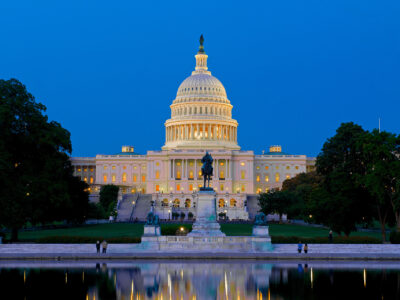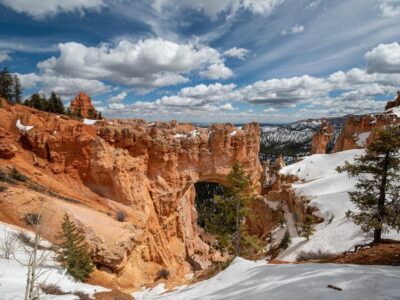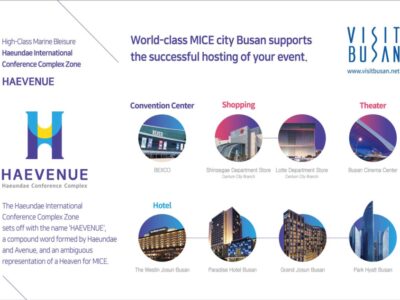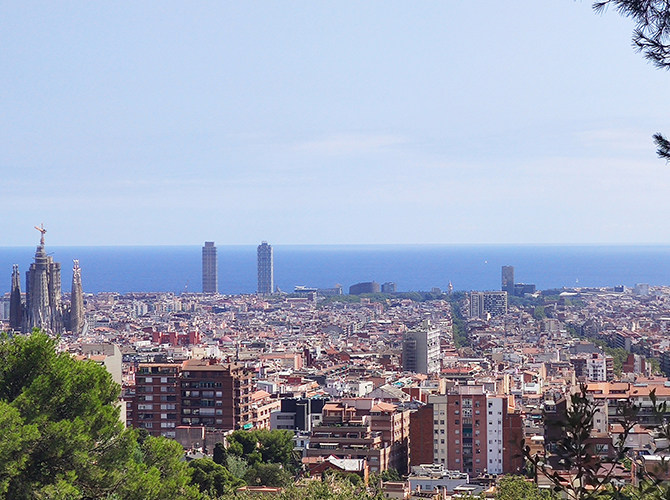
Landcsape view of the city of Barcelona (Photo: Manav Garg)
Home to global cultural icons like Salvador Dali, Pablo Picasso and Antoni Gaudi, sprawling along the western Mediterranean, Barcelona presents a wealth of artistic treasures, Romanesque Cathedrals, modern art and architecture to lure those tourists who are not only pulled here by its magnificent coast and beaches, or its shimmering night life.
Often praised by architects for its town planning, bold, colourful, harmony and rhythmic are just a few adjectives used to describe the city’s architecture. Sandwiched between the sea and the mountains, Barcelona presents a formidable balance of art, culture and modernism.
Picasso’s paintings
From Picasso’s first art exhibition in Els Quatre Gats café to establishing a museum that bears his name, Barcelona had a profound effect on the life of the artist. Embracing the progressive ideas about art and society, the prolific artist has created thousands of paintings with the city as his muse, many of which can be seen at Barcelona’s Picasso Museum today. The museum is home to many of his famous paintings such as the Blue Portrait of Jaume Sabartés, Motherhood and Barcelona Rooftops which were inspired by Barcelona. The museum stands affirm as a tribute to the artist’s close relationship with the city of his adolescence and naturally the essential starting point for any fans wanting to explore the artist’s life and works.
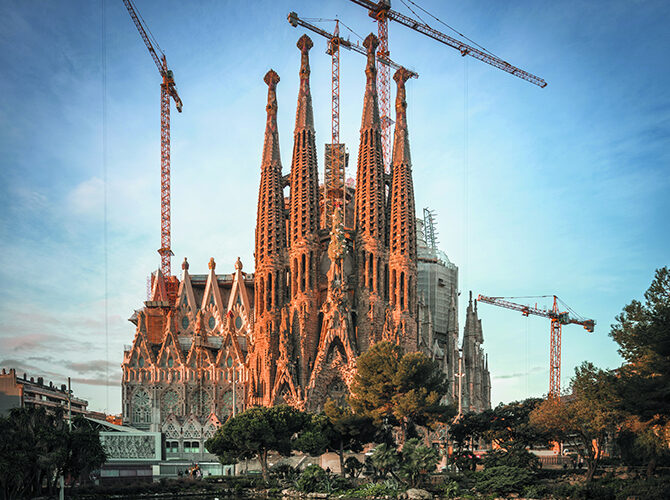
Nothing is art if it does not come from nature: Gaudi’s La Sagrada Familia (Photo credit: Barcelona Tourism)
Gaudi’s bold designs
Admired by the architects all around the world, Antoni Gaudi’s work is considered one of the most unique and distinctive architectural styles. Often inspired from nature, his creativity is reflected in the use of the natural curved construction stones, twisted iron sculptures, and organic like shapes making the characteristic traits of his architecture. One of the most visited attractions of Barcelona, Basílica de la Sagrada Família, reflects his genius modernist architectural style. Other places famous for his architecture include the Casa Milà and Park Güell.
Surreal Dali
Barcelona is also home to one of the world’s most celebrated artists and personalities, whose work and eccentricities played an essential role in defining the surrealist movement, Salvador Dali. Dalí’s home town of Figueres is to north of Barcelona, close to the border with Spain, and most visitors to the town head straight to the huge Dalí museum which is housed in the town’s old theatre. Bringing together discordant images, abstract visions, and an exploration of the unconscious mind, his work is still adored today. The artist often visited the Via Veneto, an elegant dining room which now stands as a Michelin-star restaurant in Barcelona. The stories of Dalí in Catalonia are for those who want to connect with his eccentric life here and find a touch of surrealism in everyday Barcelona.
Basílica de la Sagrada Família
Basílica de la Sagrada Família is one of the most unconventional cathedrals of Europe and an architectural wonder by Antoni Gaudi. This surrealistic art nouveau architecture has now become one of the most important Catalan monuments of modern times. The lavish exterior with the expressive native facade, depicting the birth of Jesus with illustrations of suffering, death and resurrection of Jesus, dazzles people by its beauty.
The Basilica reflects nature, life and death and hence the building does not have a single straight line, which according to Gaudi do not exist in nature. Inside the Basilica are long, thick columns of red porphyry volcanic rock, small and dark columns made from basalt and granite columns that project the exterior light. The minute details of design and the blend of the modern and traditional art makes this church a hotspot for tourists.
Gothic Quarters
With iconic European style architecture, the picturesque neighbourhood of Gothic Quarters is the very heart of Barcelona. Built over 2000 years ago, they are said to be a Roman village with remnants of its glorious past.
The narrow winding streets, the awe inspiring Gothic architecture immerses its visitors into the magical ambience of a traffic free medieval world. A walk in the streets of Gothic Quarters will take you to the labyrinths of winding streets and charming, hidden squares. Remains of ancient Roman buildings, cozy Catalan bars and elegant restaurants, boutique shops and trendy clubs make this place irresistible for visitors and locals alike.
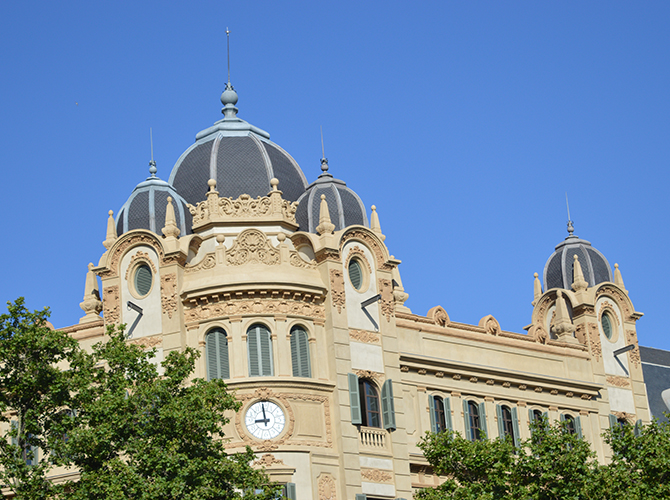
La Rambla boulevards vibrant day and night (Photo credit: Himanshi Budhiraja)
La Rambla
The spacious streets with resonating beats, the Las Ramblas boulevards divide the old town in two as a humble dried-out stream outside the walls of the Gothic Quarter.
A walk from the top to bottom of Las Ramblas is undoubtedly highly rewarding and you will find a healthy selection of Barcelona’s worthy attractions en route, such as La Boqueria food market, the Liceu Theatre, Miro’s mosaic and the monument to Columbus.
The wide tree-shaded avenue is the heart of Barcelona’s social life featuring expansive pedestrian sidewalks, lined with shops, restaurants, and outdoor cafés, making it one of the most popular hangouts in the city. The streets are always lively, packed with tourists, locals and street artists who pose like living statues.
Plaça Reial
Situated just off La Rambla, Plaça Reial is a picturesque square. Surrounded by a beautiful fountain in the centre, accompanied by the fine restaurants and bars, the square offers a relaxing spot to dine and appreciate the serene beauty of the place. The two distinctive lampposts which draw the most attention of the public represent some of the first commissioned works of Antoni Gaudi. The place often gives a Mediterranean vibe because of the surrounding palaces and palm trees and has become an ideal place to enjoy outdoor drinks in Barcelona. It has become Barcelona’s nightlife hub with visitors enjoying the music, lights and festivities of the place.
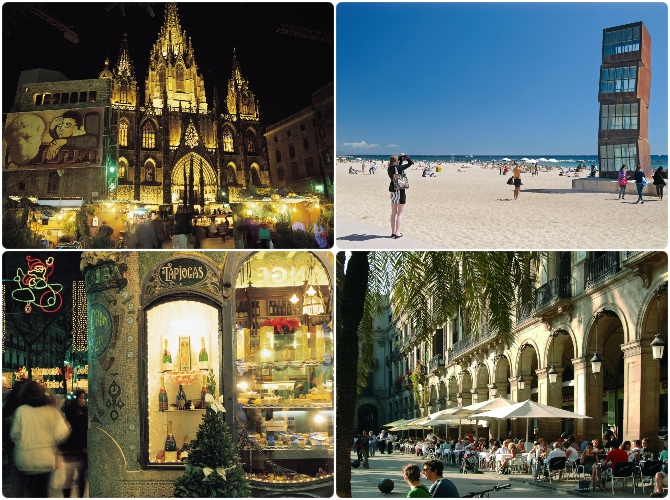
(Top left) The Santa Llucia Christmas market in front of the Basilica; (Top right) A sunny day on the Barcelonata Beach (Photo: Barcelona Tourism)
Parc Güell: Gaudí’s Surrealist Park
One of the largest green spaces of Barcelona, Parc Guell, spread over 17 hectares of land is colourful, cheerful, and full of whims. The park is a reflection of Gaudí’s artistic plenitude belonging to his naturalist phase. Inspired by natural forms, the architect has shaped nature into colonnades, archways and covered galleries with well-camouflaged artificial structures. The place is often said as the ‘playground of the mind’ loved by children as well as the adult visitors.
One can often see a rush of tourists and locals to this place awestruck by the gingerbread gatehouses, smiling dragon stretches and many more surreal masterpieces. The terrace of the park offers an incredible view of the city making it one of the major landmarks of the city.
Casa Mila (La Pedrera)
In the elegant boulevards of Passeig de Gràcia, Casa Mila is another architectural wonder of Antoni Gaudi listed as a UNESCO World Heritage site. Commonly known as “La Pedrera,” meaning “The Stone Quarry”, this flamboyant avant-garde dwelling looks more like a sculpture than a functional building.
Natural carved stone facade, rounded windows with metal balcony railings twining around in plant like shapes fascinates a lot of people. Tourists often walk around the terrace roof to adore the decorative mosaic chimneys and enjoy the sensational view of the city. Casa Milà houses the Fundació Catalunya cultural centre that organises many events throughout the year.
Beaches beckon
Besides the art and architecture circuit, the metropolis also boasts of some of the best beaches with an incredible nightlife that bring most of the tourists to this city. The city’s beaches offer thrilling water sports as well as spaces where you can relax by the gentle waves.
Barceloneta Beach, one of the oldest beaches in the town greets visitors with welcoming sands and an array of seafood restaurants nearby. Sant Sebastià Beach is known for a more relaxing experience and for its friendliness to those with reduced mobility, offering several paths for easy access. Particularly popular among the young, the Mar Bella Beach offers many games like volleyball and tennis areas along with the skatepark and basketball hoops.
With the array of beaches laid across Barcelona, they are often regarded as ideal locations to escape the hustle and bustle of city life. After being shut for a few months last year, Spain became one of the first nations to open its doors to the visitors in June 2020 for European tourists and in July with countries outside EU.
Barcelona has seen a consistent increase in its tourist arrivals this year, says Barcelona Tourism, adding that the Generalitat de Catalunya, the local government, has been constantly adapting the cultural and leisure offer according to the pandemic situation.
“With over 355,000 visitors in the city in July 2021, as per the hotel bookings, the city has been attracting a consistent flow of visitors. Most tourists maintain their leisure, use of restoration, trip length and cultural visits. Those who preferred to be more precautious, mostly reduced leisure and cultural visits,” Alba Lajusticia, director of Observatory of Tourism in Barcelona, tells India Outbound.
She says that outside the EU, there are still active restrictions, the city does not expect many intercontinental visitors in the short term. Barcelona has, however, seen a lot of visitors from Central Europe making most of the numbers of visitors in the city. “Taking all precautions and following the protocols given by Barcelona Tourism, one can make their visit to the city very adventurous,’’ she adds.
As Barcelona has traditionally been a major destination for Meetings Incentives Conferences & Exhibitions (MICE) tourism, Barcelona Tourism says this space is also gradually returning to normal. “Steps have been taken by the local government to ensure safety to all the visitors. There has been partial opening at 50 pc capacity to interiors and 100 pc to terraces with the closing at 00.30 h. The city can run professional events with 70 pc of occupancy as well as the opening of museums, exhibition halls, theaters, cinemas and concert halls, with 70 pc capacity. For outdoor spaces with an authorised capacity of more than 10,000 people, 30 pc with independent sectors of 3,000 people,” says Lajusticia!








